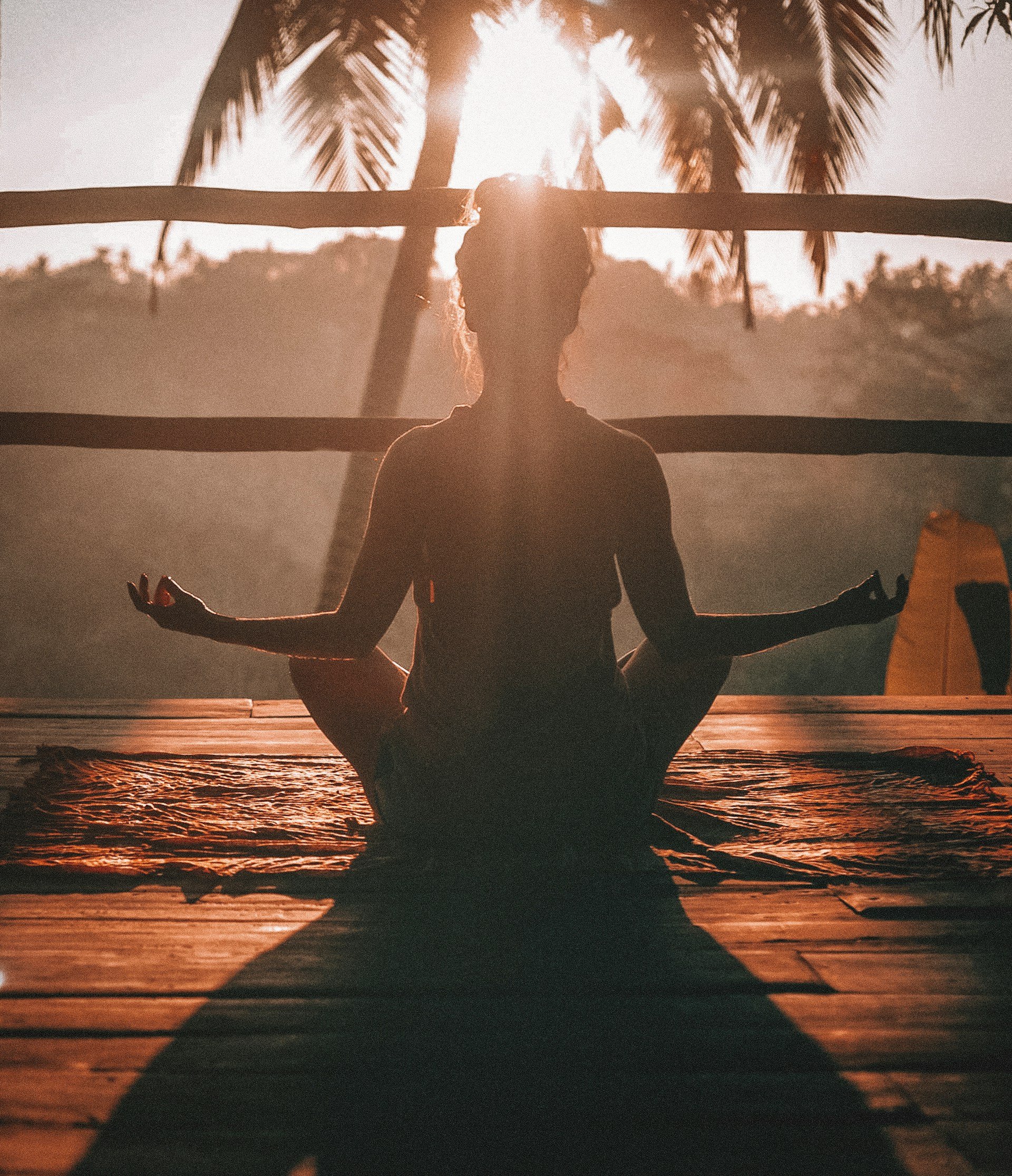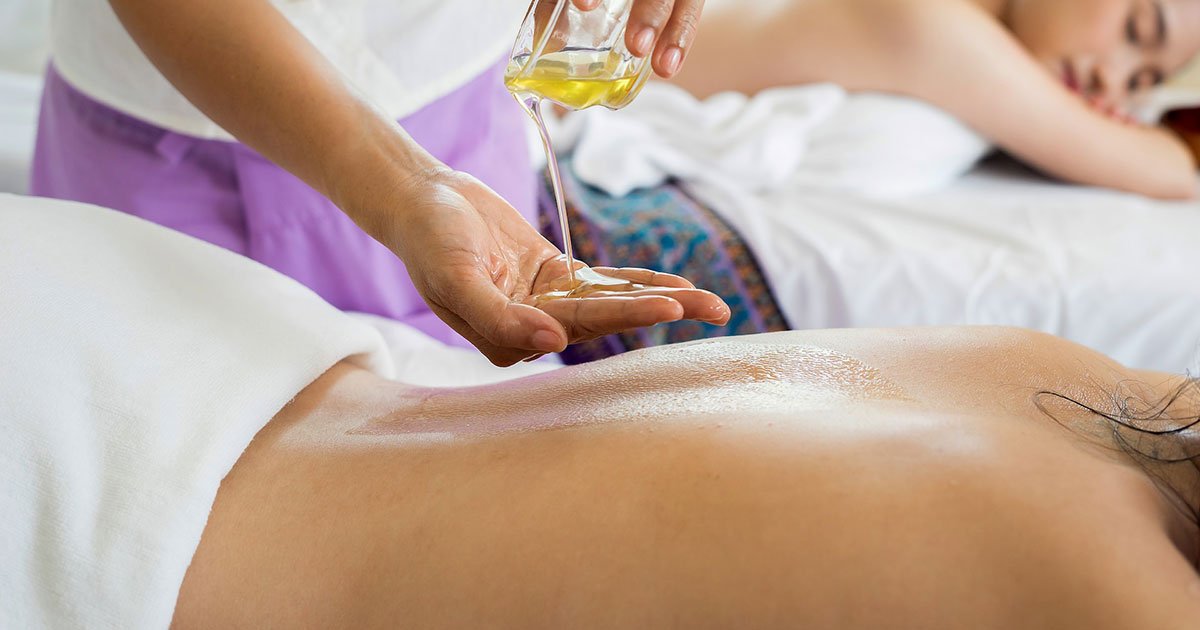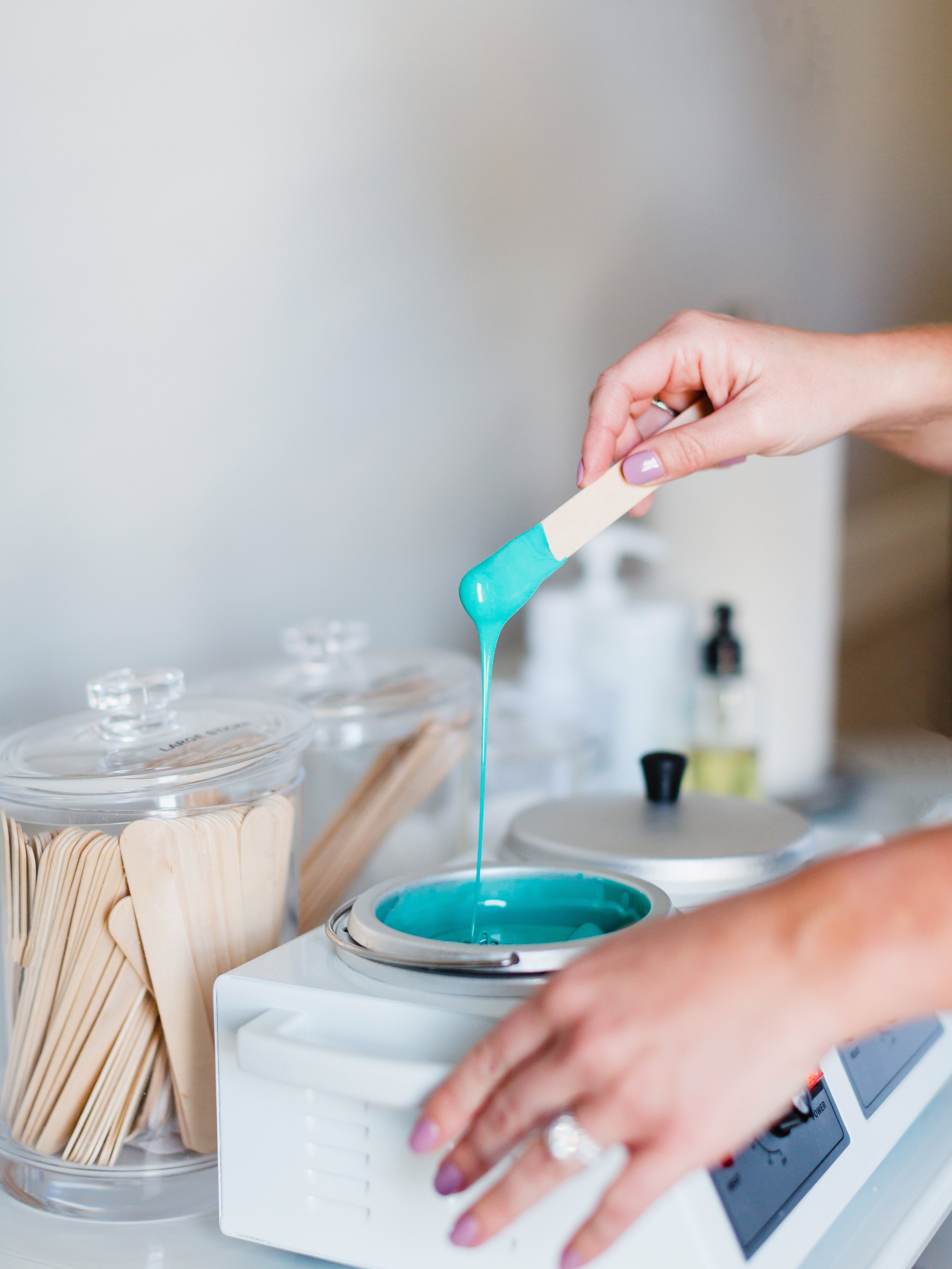In the realm of holistic wellness, crystal healing has emerged as a prominent practice, intertwining ancient traditions with modern therapeutic techniques. This approach is increasingly being incorporated into spa treatments, offering clients a unique and profound experience that transcends typical relaxation and beauty routines. By harnessing the energy of gemstones, spa treatments can provide a holistic balance of mind, body, and spirit, enhancing overall well-being.
The Origins and Principles of Crystal Healing
Crystal healing is an ancient practice that dates back thousands of years, with roots in various cultures including the Egyptians, Greeks, Chinese, and Native Americans. These civilizations believed in the power of crystals and gemstones to heal physical, emotional, and spiritual ailments. They used crystals in various ways, from wearing them as amulets to placing them in specific locations to draw energy and facilitate healing.
The principle behind crystal healing is based on the concept of energy fields or vibrations. Each crystal is believed to emit its own unique frequency, which can interact with the body's energy centers, or chakras, to promote balance and healing. By aligning the vibrations of the crystals with the body's energy fields, it is thought that one can enhance physical health, emotional stability, and spiritual growth.
The Science Behind Crystal Healing
While the scientific community remains skeptical about the definitive effects of crystal healing, some theories attempt to explain its potential benefits. The piezoelectric effect, for example, suggests that certain crystals can generate an electric charge when subjected to mechanical stress. This phenomenon, observed in crystals like quartz, is widely used in technology but also hints at how crystals might influence biological systems.
Additionally, the placebo effect is often cited as a possible explanation for the benefits of crystal healing. Belief and intention play significant roles in healing practices, and the psychological impact of believing in the healing properties of crystals can lead to real physiological changes.
Integrating Crystals into Spa Treatments
The integration of crystals into spa treatments involves more than simply placing stones on the body. It requires a deep understanding of the properties of different gemstones, as well as how to use them effectively within various therapeutic modalities. Here are some popular ways crystals are used in spa treatments:
1. Crystal Massages
Incorporating gemstones into massage therapy can enhance relaxation and healing. For instance, rose quartz, known for its soothing energy and association with love, can be used in massages to promote emotional healing and reduce stress. Similarly, jade, often associated with balance and harmony, can be used to ease tension and encourage a sense of well-being.
2. Facials with Crystals
Crystals like amethyst, known for its calming properties, can be used in facial treatments to promote relaxation and skin rejuvenation. Crystal rollers and gua sha tools made from stones like jade or rose quartz are popular in facials, helping to improve circulation, reduce puffiness, and enhance the absorption of skincare products.
3. Crystal-Infused Oils and Waters
Many spas create oils and waters infused with crystals to enhance the healing properties of treatments. These infusions can be used in massages, baths, or as part of skincare routines. For example, water infused with clear quartz is believed to promote clarity and amplify positive energy, while oil infused with amethyst can provide calming and anti-inflammatory benefits.
4. Energy Healing Sessions
Some spa treatments incorporate energy healing techniques, such as Reiki, with the use of crystals. Placing specific stones on or around the body during these sessions can enhance the flow of energy, helping to clear blockages and restore balance.
5. Chakra Balancing
Chakra balancing treatments often use crystals to align and activate the body's energy centers. Each chakra is associated with specific stones, such as red jasper for the root chakra, citrine for the solar plexus chakra, and lapis lazuli for the throat chakra. By placing these stones on the corresponding chakras, practitioners aim to harmonize the energy flow and promote overall well-being.
Popular Gemstones and Their Healing Properties
To effectively incorporate crystal healing into spa treatments, it's essential to understand the unique properties and benefits of different gemstones. Here are some popular crystals used in spa therapies:
1. Amethyst
Known for its calming and protective properties, amethyst is often used to reduce stress, alleviate headaches, and promote restful sleep. It is also believed to enhance spiritual awareness and intuition.
2. Rose Quartz
Often called the "stone of love," rose quartz is associated with compassion, emotional healing, and self-love. It is commonly used in treatments aimed at soothing the heart and promoting inner peace.
3. Clear Quartz
Referred to as the "master healer," clear quartz is believed to amplify energy and thought, as well as the effect of other crystals. It is used to promote clarity, enhance focus, and boost the immune system.
4. Jade
Known for its balancing and harmonizing properties, jade is often used to promote physical and emotional well-being. It is believed to attract good luck and prosperity and is commonly used in facial treatments to improve skin health.
5. Citrine
Associated with abundance and positivity, citrine is used to boost confidence, creativity, and motivation. It is also believed to aid in digestion and promote physical endurance.
6. Lapis Lazuli
Known for its deep blue color and spiritual significance, lapis lazuli is used to enhance communication, self-expression, and mental clarity. It is often used in treatments aimed at opening the throat chakra.
7. Black Tourmaline
Valued for its protective and grounding properties, black tourmaline is believed to absorb negative energy and promote a sense of security. It is commonly used in treatments to alleviate stress and anxiety.
Designing Crystal Healing Spa Treatments
Creating effective crystal healing spa treatments involves careful planning and customization to meet the specific needs of clients. Here are some key steps in designing these treatments:
1. Client Consultation
Understanding the client's needs, preferences, and any health concerns is crucial. This initial consultation helps tailor the treatment to address specific issues, whether they are physical, emotional, or spiritual.
2. Selecting the Right Crystals
Based on the client's needs, select appropriate crystals that align with the desired outcomes. Consider the properties of each stone and how they can enhance the treatment.
3. Creating a Healing Environment
The spa environment should be conducive to relaxation and healing. This includes dim lighting, soothing music, and a calm atmosphere. Incorporating elements like crystal grids, where stones are arranged in specific patterns, can further enhance the energy flow.
4. Combining Techniques
Integrate crystals with other therapeutic techniques such as massage, aromatherapy, and sound healing. This holistic approach can amplify the benefits of each modality and provide a more comprehensive healing experience.
5. Guiding the Client
Educate the client on the properties of the crystals being used and how they contribute to the treatment. Encouraging the client to set intentions or focus on specific goals during the session can enhance the effectiveness of the therapy.
6. Post-Treatment Care
Provide guidance on post-treatment care, such as recommended crystals to use at home, meditation practices, or other holistic wellness tips. This helps clients maintain the benefits of the treatment and continue their healing journey.
Case Studies: Crystal Healing in Action
To illustrate the transformative potential of crystal healing in spa treatments, let's explore a few case studies:
1. Stress Relief and Emotional Healing
A client struggling with chronic stress and anxiety sought a holistic approach to relaxation. The spa designed a treatment combining a rose quartz-infused oil massage with an amethyst facial. The calming properties of the stones, along with the therapeutic touch, helped the client achieve a deep state of relaxation. Over several sessions, the client reported a significant reduction in stress levels and an improved emotional outlook.
2. Skin Rejuvenation and Clarity
A client dealing with acne and dull skin opted for a facial treatment incorporating clear quartz and jade. The clear quartz was used to enhance the efficacy of skincare products, while jade rollers were employed to improve circulation and reduce inflammation. The client noticed a visible improvement in skin clarity and texture after a series of treatments, along with a boost in self-confidence.
3. Spiritual Growth and Chakra Balancing
A client interested in spiritual growth and energy healing chose a chakra balancing session using various gemstones. The treatment involved placing specific crystals on each chakra, guided meditation, and Reiki. The client experienced a profound sense of alignment and spiritual awakening, leading to a deeper connection with their inner self and a clearer life purpose.
The Future of Crystal Healing in Spas
As the wellness industry continues to evolve, the integration of crystal healing into spa treatments is likely to grow. Emerging trends and innovations will shape the future of this practice:
1. Technological Integration
Advances in technology, such as biofeedback and energy mapping, can provide more scientific validation and enhance the effectiveness of crystal healing treatments.
2. Personalized Treatments
With the rise of personalized wellness, spas will increasingly tailor crystal healing treatments to individual needs, using detailed client profiles and advanced diagnostic tools.
3. Education and Training
As interest in crystal healing grows, there will be a greater emphasis on education and certification for practitioners. Comprehensive training programs will ensure that therapists are well-versed in the properties and applications of different gemstones.
4. Holistic Wellness Programs
Spas will integrate crystal healing into broader wellness programs, combining it with nutrition, fitness, and mental health practices to offer a comprehensive approach to well-being.
5. Sustainable Sourcing
With increased awareness of environmental issues, spas will prioritize ethically sourced and sustainable crystals, ensuring that their use promotes both personal and planetary well-being.
Crystal healing represents a harmonious blend of ancient wisdom and contemporary wellness practices. By incorporating the energy of gemstones into spa treatments, therapists can offer clients a profound and holistic healing experience. Whether seeking physical relief, emotional balance

























































